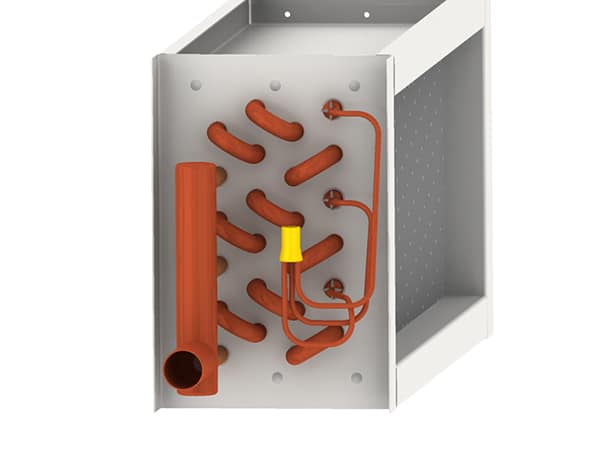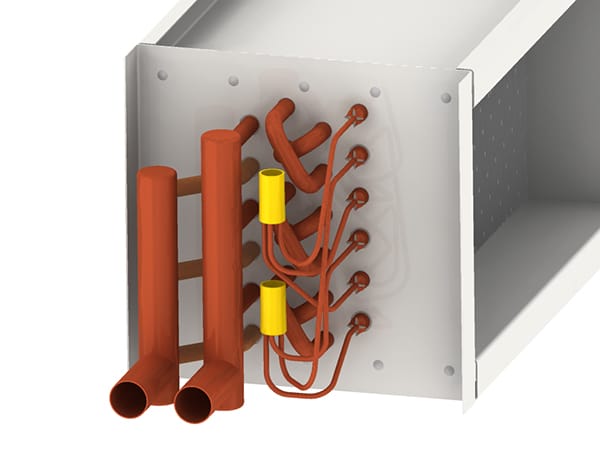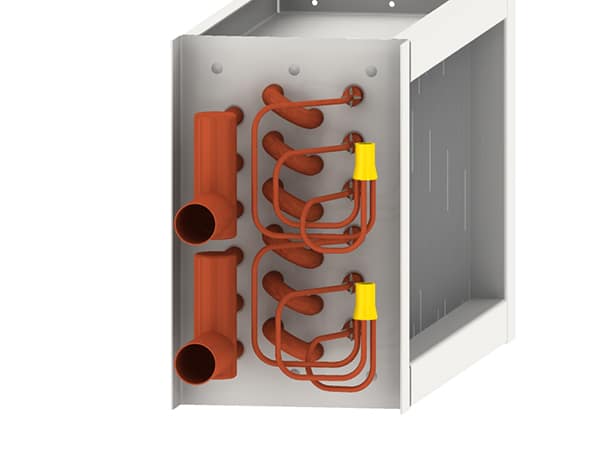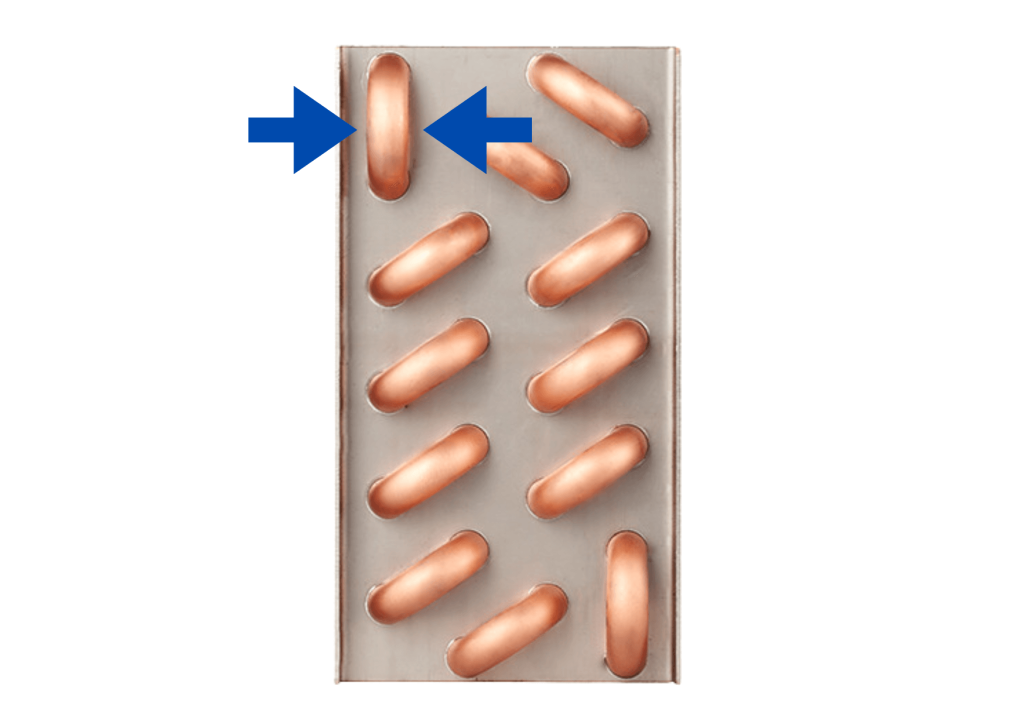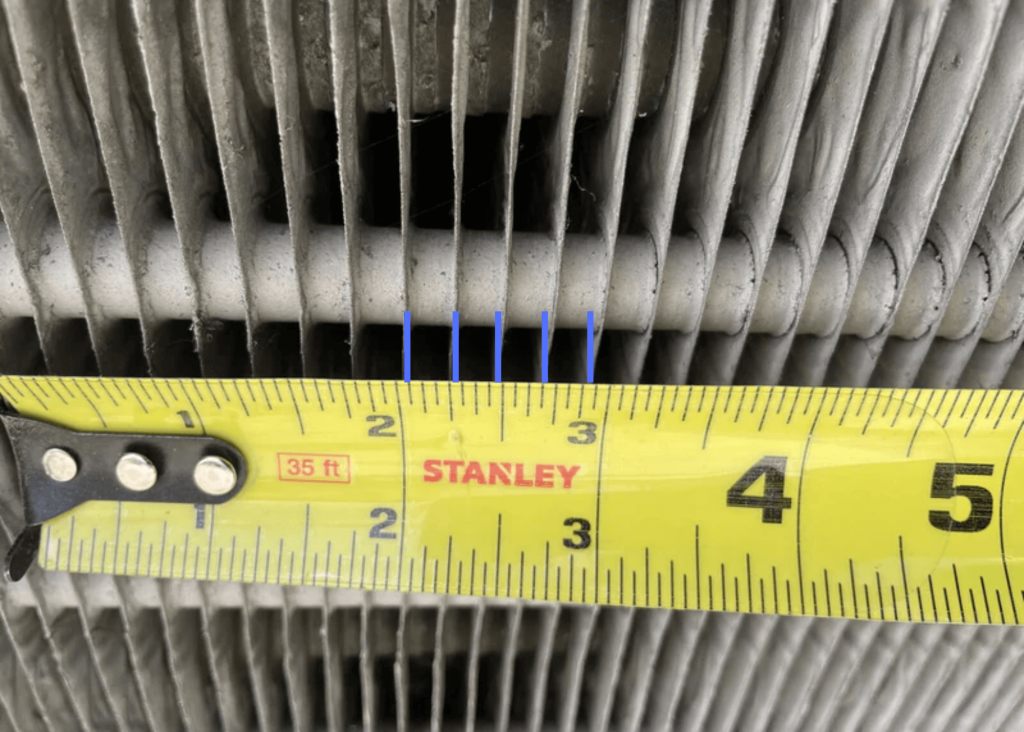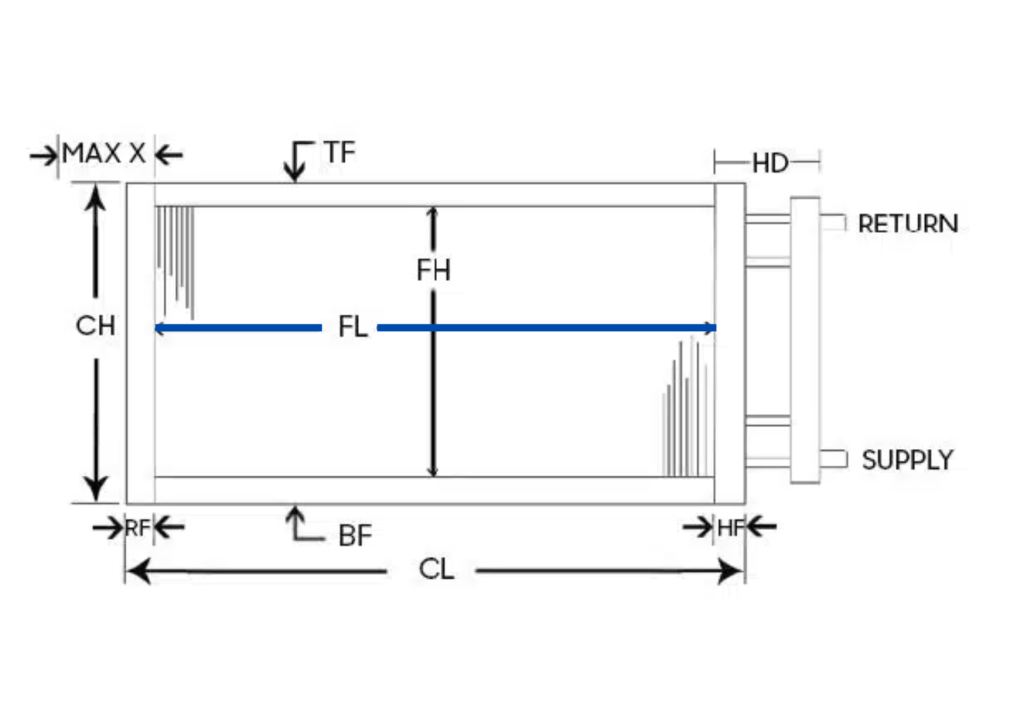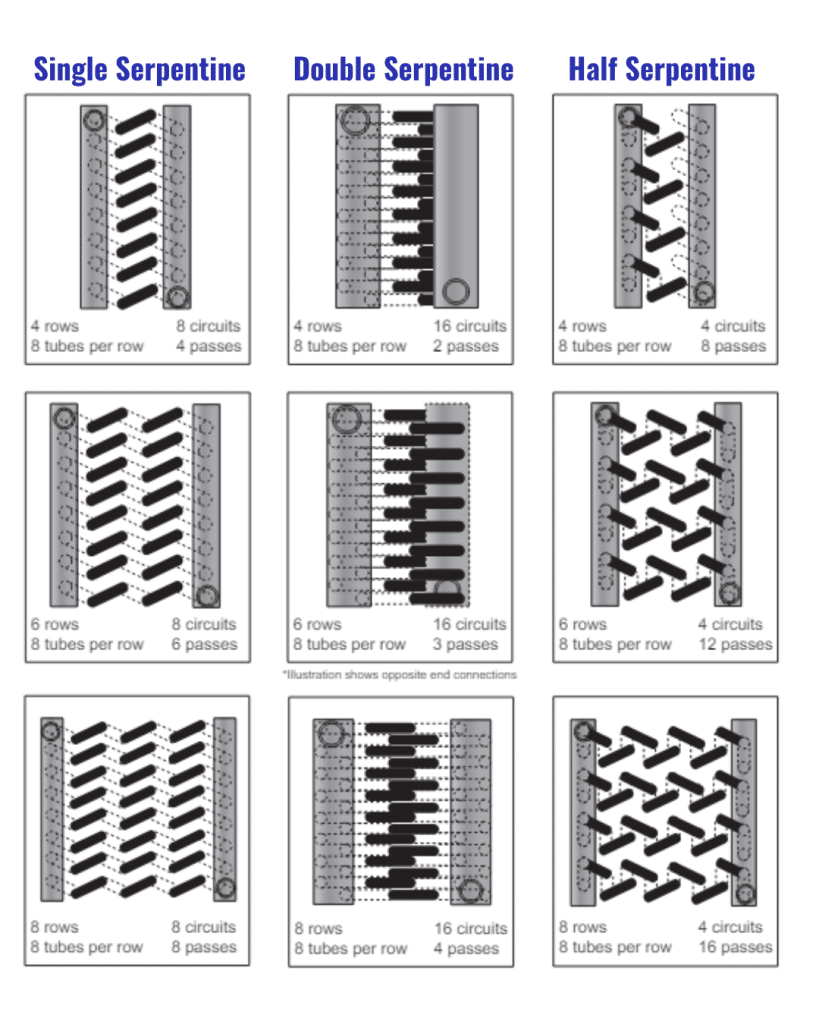Polygon
Founded in 1955 as a division of Munters Corporation, Polygon is a trailblazer in drying technology and engineered temporary climate solutions. With over 60 years of experience, they pioneered desiccant dehumidification and continually innovate in the field, offering the most energy-efficient dehumidification and temperature control equipment. Polygon US’s document recovery experts swiftly determine optimal recovery […]



